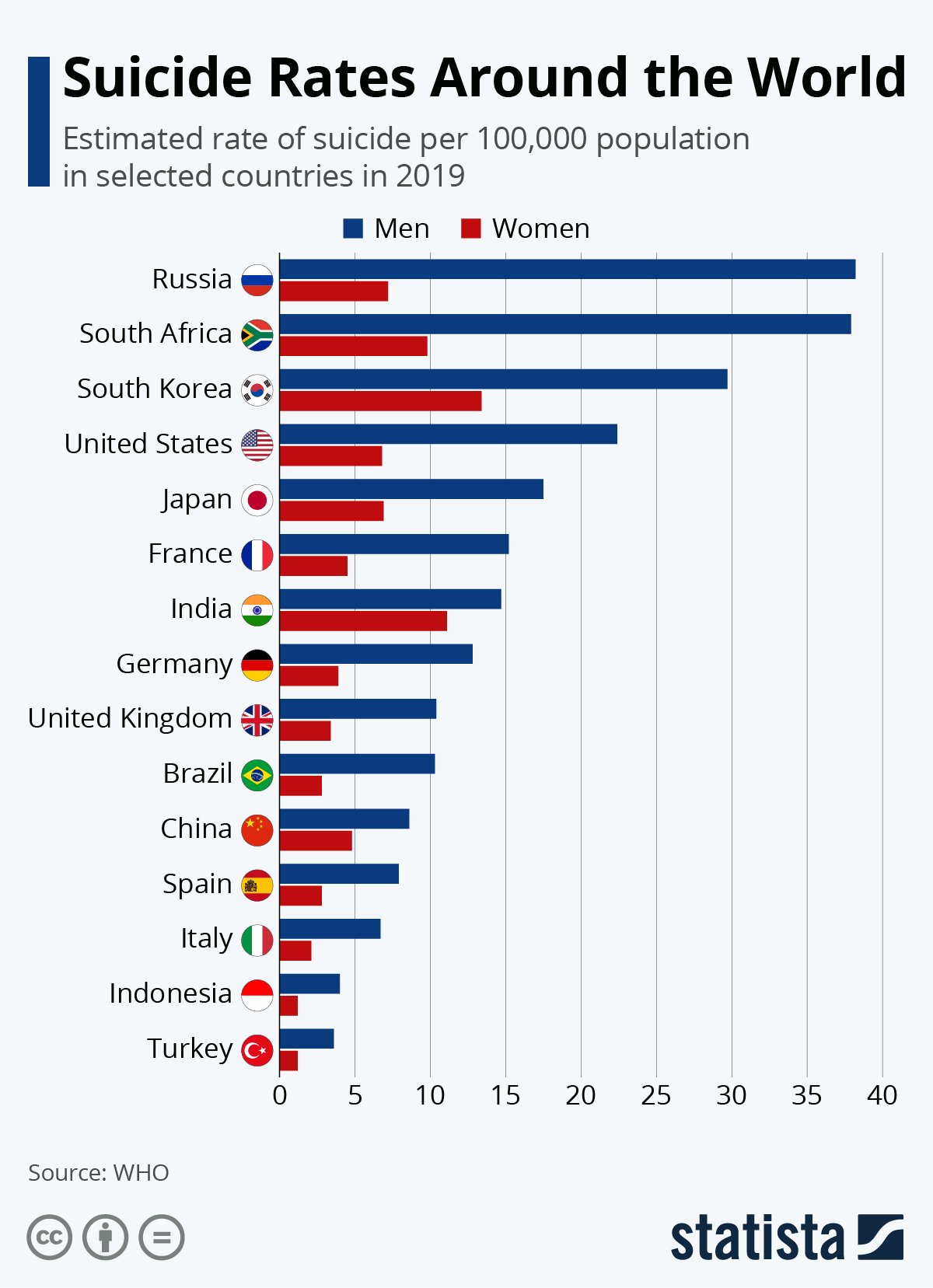Let’s Talk About Masculinity.
Masculinity is a concept deeply ingrained in the human experience. It is complex. It is challenging. And because of how it has evolved over time, masculinity defies simple categorisation and is very hard to define.
But, let’s take a leap here and try to figure this out.
A Shifting Definition
The first step to understanding masculinity is acknowledging its ever-changing nature. This is not a static concept; rather, it morphs in response to cultural, historical, and societal shifts. What was masculinity in the past may not align with contemporary definitions.
Masculinity is the set of attributes, behaviours, and roles associated with men.
In many cultures, masculinity has been confined within rigid stereotypes often referred to as the ‘man box’. These stereotypes dictate how men should look, behave, feel, and express themselves. Such expectations include traits like the following:
Self-sufficiency: Seeking help is seen as a weakness.
Acting tough: Men should be strong even when scared.
Rigid gender roles: Men should solely provide financially and avoid household chores.
Hypersexuality: Real men have many partners.
Aggression and Control: Encourage violence and assert dominance in relationships.
Whether we realise it or not, these stereotypes surround us in our culture and are reinforced by role models and the media. And research shows that these traditional notions of masculinity, these particular ‘set of manly attributes’ that were lauded once have harmful consequences.
Men are far less likely to seek mental health treatment. Men are far likely to engage in violent behaviours. And men are far more likely to commit suicide.
All because of pressure to stick to the rigid confines of a definition.
True, at the heart of masculinity lies strength. However, for the longest time, this idea was one-dimensional. What we lost sight of was the idea of strength being an overarching concept, encompassing resilience, courage, empathy, and the sheer grit to be unabashedly authentic. Genuine masculinity celebrates these diverse expressions of strength.
Liberating Oneself
When we talk about redefining masculinity, we talk about breaking free from these constraints of conformity. For instance, while society has at times labelled emotional expression as a sign of weakness, true masculinity involves a deep understanding and acceptance of one's emotions. About being in touch with a full spectrum of feelings, from joy and sadness to fear and vulnerability. Authentic emotional expression empowers individuals to pursue their passions, interests, and aspirations without being limited by traditional stereotypes.
Masculinity is complicated.
It expects you to be a certain way and do certain things, and men of all kinds exist, with there being a reason behind the way they are. Which is why this journey involves recognising the unhealthy and ‘toxic’ facets of masculinity for all ages and backgrounds. For a more inclusive society, and for men to not self-destruct.
In essence, understanding masculinity empowers men to break free from the ‘man box’ and embrace a more authentic, diverse, and healthier sense of self.
It's a path toward a better future for all.

